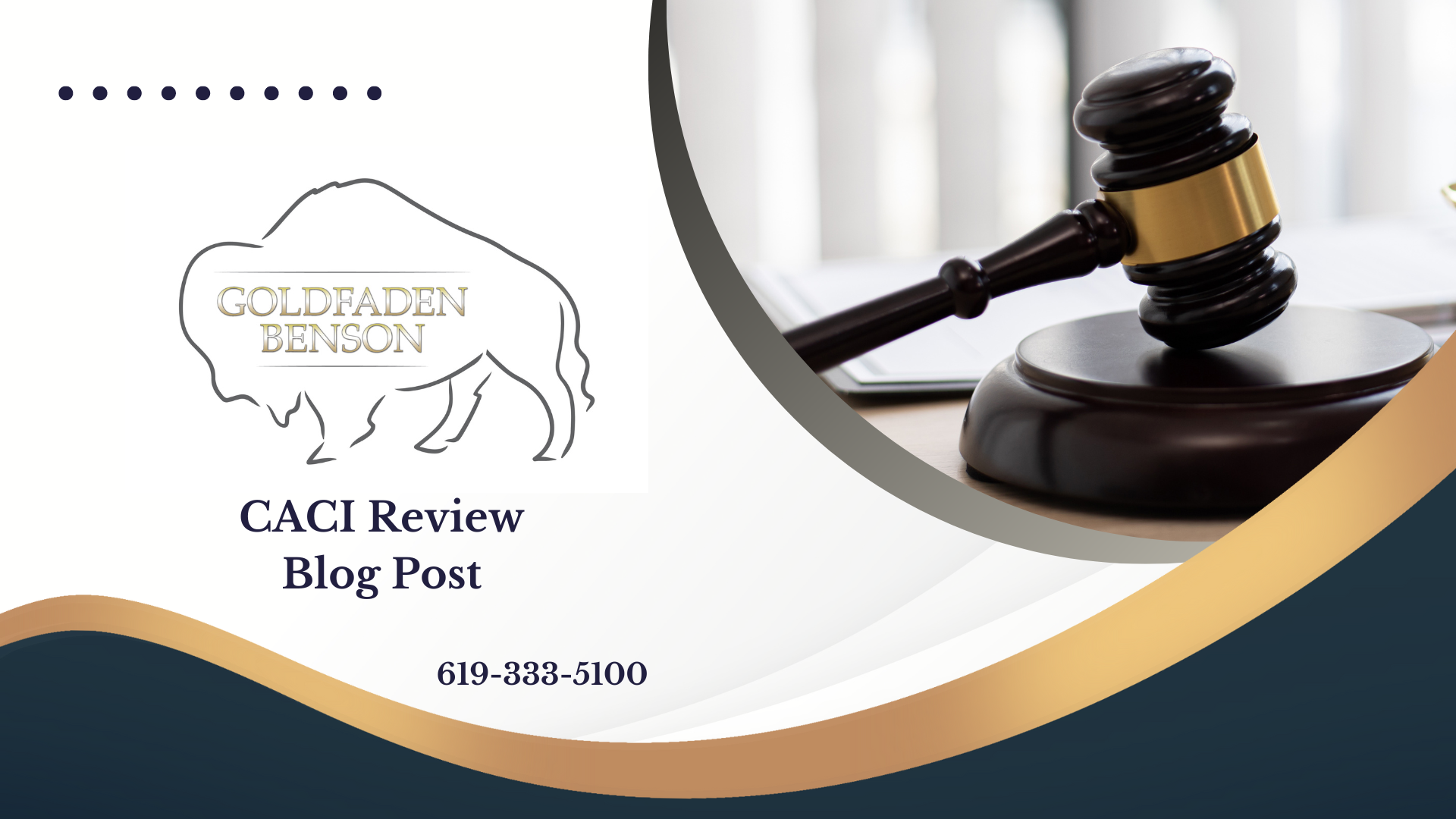Understanding Negligence in Personal Injury Cases
Negligence is a key aspect of personal injury law that often comes into play when someone is harmed due to another person's actions. If you're curious about what it takes to prove a case involving negligence, keep reading. This post will explain the essential elements of negligence in plain language, breaking down what you need to know.
What is Negligence?
At its core, negligence occurs when a person fails to take reasonable care to avoid causing injury to another person. It’s a failure to act with the level of care that someone of ordinary prudence would have used in a similar situation. Here's how it typically unfolds:
1. **Duty of Care**: The responsible party must have had a legal obligation to act in a certain way toward the injured party. For example, drivers have a duty to operate their vehicles safely and follow the rules of the road.
2. **Breach of Duty**: Next, it must be shown that this duty was breached. If a driver runs a red light and collides with another car, they have violated their duty to follow traffic signals.
3. **Causation**: The plaintiff must demonstrate that the breach of duty directly caused their injury. Using the previous example, the injured person must prove that the other driver's running the red light led to their accident and subsequent injuries.
4. **Damages**: Finally, the injured party must show that they have suffered damages as a result of the negligence. This could include medical bills, lost wages, pain and suffering, and other related costs.
Real-life Scenario
Imagine you just left your favorite coffee shop and are crossing the street at a crosswalk. You're hit by a distracted driver who was texting and didn’t see the red light. In this scenario, the driver had a clear duty to follow traffic laws. By failing to stop at the red light, they breached that duty, directly causing your injuries when they struck you, resulting in medical bills and pain.
How to Prove Negligence
To win a negligence case, you'll need to gather evidence that supports each of the four elements mentioned. Documentation like hospital records, witness statements, police reports, and photographs can provide compelling evidence of the breach and the resulting injuries.
If you feel you have been a victim of negligence, understanding these essential factors is crucial as you navigate your case. If you need guidance or assistance in pursuing a personal injury claim, feel free to reach out to us at Goldfaden Benson. Our team is ready to help you understand your rights and options.
For further reading or any questions, visit our contact page or learn more about our personal injury practice areas on our website.
Have you or someone you know been involved in an accident that might involve negligence? Reach out to discuss your situation with an experienced team. Understanding your options is just a call or click away.








